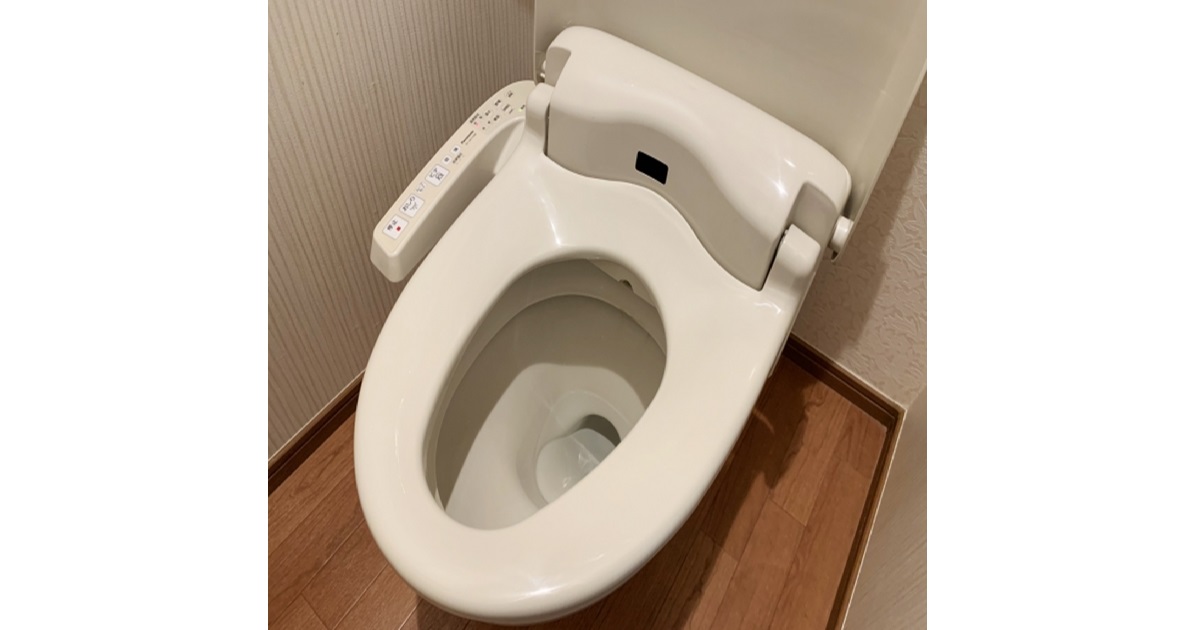Living outside of Japan, there are many things I miss.
The food, the safety, the sheer convenience of everything.
But if you ask me what I truly miss on a deep, almost spiritual level?
It’s the bathroom.
Yes, the bathroom.
I know what you might be thinking.
“Taka, you’re talking about a room with a toilet and a shower, right?”
No.
I’m talking about a sanctuary.
A sacred space.
I promise you, by the end of this, you’ll understand that the Japanese bathroom isn’t just about high-tech toilets.
It’s a window into the Japanese soul.
My Bathroom, My Sanctuary: Why This Space is Sacred in Japan
The Philosophy of Separation: Purity, Impurity, and Two Different Rooms
The first time I brought a friend from Europe to my parents’ house in Japan, he was utterly baffled by our bathroom setup.
First, he encountered the toilet.
It was in its own small, separate room.
The lid lifted automatically as he entered.
The seat was warm.
A control panel with a dozen buttons stared back at him, promising everything from a gentle stream of warm water to a powerful deodorizing function.
He called it “the cockpit of a spaceship.”
We laughed.
But his real confusion started when he wanted to take a shower.
The shower and the bathtub (ofuro) were in another, completely separate room.
He couldn’t understand why you wouldn’t just have everything in one place, like in his apartment back home.
And that’s the first crucial point: in Japan, the toilet is for disposing of waste, while the bath is for cleansing the soul.
You do not mix the two.
This separation is rooted in a deep Shinto belief of purity and impurity (kegare).
The toilet is a place of impurity.
The bath is a place of purification.
Combining them is simply unthinkable.
The Unspoken Commandment: Thou Shalt Wash Before You Bathe
His next lesson came when I explained the bathing process.
“So, I just fill the tub and hop in?” he asked.
“Stop right there,” I said.
“That is the single biggest crime you can commit in a Japanese home.”
I explained the golden rule: the bathtub is not for washing your body.
It is exclusively for soaking, relaxing, and warming yourself after you are already spotlessly clean.
You use the separate shower area, sitting on a small stool, to scrub every inch of your body with soap and shampoo.
Only after you’ve rinsed off completely are you worthy of entering the pristine, steaming water of the ofuro.
Why?
Because the bathwater is often shared by the entire family.
It’s a communal resource, kept clean for everyone to enjoy.
Getting into the tub while still dirty is the height of selfishness.
When I told him this, a lightbulb went off in his head.
“So that’s why the water is always so incredibly hot!”
Yes.
It’s for soaking, not for a lukewarm wash.
More Than a Toilet: The Washlet Philosophy
Now, let’s go back to that spaceship toilet, the Washlet.
For many foreigners, it’s a source of endless amusement and fascination.
But for us, it’s the logical conclusion of our obsession with cleanliness.
Using dry paper to clean yourself?
When I explain this concept to my Japanese friends now, it sounds almost medieval.
Why would you just wipe something when you can wash it with warm, pure water?
The heated seat, the deodorizer, the privacy sounds… it’s all part of a philosophy to make one of life’s most basic acts as clean, comfortable, and dignified as possible.
It’s not a luxury; it’s the standard.
If you’re curious to bring a piece of this Japanese sanctuary into your own home, I promise you, a Washlet is a life-changing investment.
So, the next time you visit Japan and enter a bathroom, remember this.
You are not just entering a functional room.
You are stepping into a space that reflects a deep cultural obsession with purity, relaxation, and respecting the shared comfort of others.
It’s a small, quiet sanctuary in a busy world.




